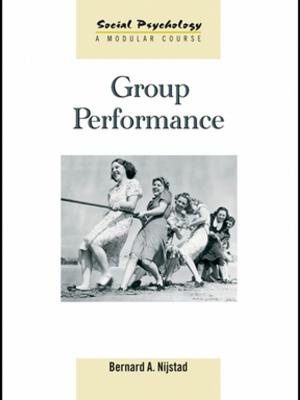Routledge Revivals: Varieties of Residential Experience (1975)
Nonfiction, Health & Well Being, Medical, Patient Care, Health Care Delivery, Social & Cultural Studies, Social Science, Social Work, Crimes & Criminals, Criminology| Author: | ISBN: | 9781351622288 | |
| Publisher: | Taylor and Francis | Publication: | July 5, 2017 |
| Imprint: | Routledge | Language: | English |
| Author: | |
| ISBN: | 9781351622288 |
| Publisher: | Taylor and Francis |
| Publication: | July 5, 2017 |
| Imprint: | Routledge |
| Language: | English |
First published in 1975, this book compiles a number of studies concerning institutional care and children, which address the question of why institutions that serve apparently similar functions differ so much.
The book uses comparative methods such as measurement of different ‘dimensions’ of institutional care and analysis of interrelationships among specific structural and functional features which characterise particular institutions. As a result, the book draws broad conclusions about the importance of factors that have dynamic influence on the manner in which institutions function and the reasons why they differ.
The editors reject the ‘steampress’ model which postulates that institutions are more or less alike. They discuss ideological and organisational variation, differences in staffing and the manner in which children respond to them, and consider these issues as factors that influence the way in which an institution functions ‘as a whole’. Subsequent chapters describe comparative studies carried out in institutions for the mentally handicapped, approved schools, residential nurseries, probation hostels, other ‘correctional’ institutions and units for autistic children. The book enables the reader to appreciate achievements and shortcomings of contemporary research and thinking in this field.
First published in 1975, this book compiles a number of studies concerning institutional care and children, which address the question of why institutions that serve apparently similar functions differ so much.
The book uses comparative methods such as measurement of different ‘dimensions’ of institutional care and analysis of interrelationships among specific structural and functional features which characterise particular institutions. As a result, the book draws broad conclusions about the importance of factors that have dynamic influence on the manner in which institutions function and the reasons why they differ.
The editors reject the ‘steampress’ model which postulates that institutions are more or less alike. They discuss ideological and organisational variation, differences in staffing and the manner in which children respond to them, and consider these issues as factors that influence the way in which an institution functions ‘as a whole’. Subsequent chapters describe comparative studies carried out in institutions for the mentally handicapped, approved schools, residential nurseries, probation hostels, other ‘correctional’ institutions and units for autistic children. The book enables the reader to appreciate achievements and shortcomings of contemporary research and thinking in this field.















